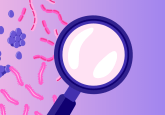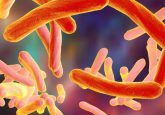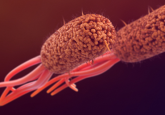How are antibiotics accelerating antibiotic resistance?
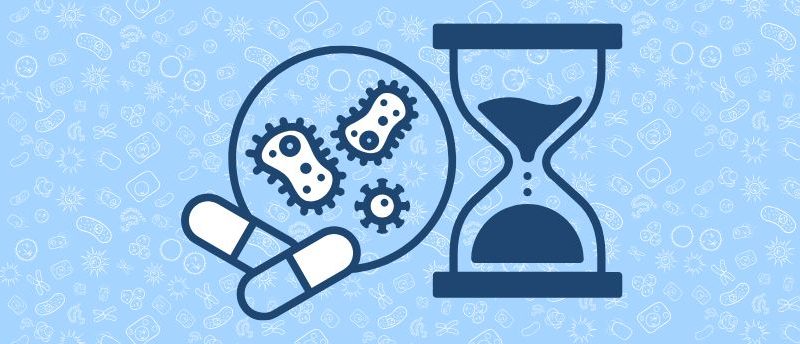
Original story from Rutgers University (NJ, USA).
Antibiotics are supposed to wipe out bacteria, yet the drugs can sometimes hand microbes an unexpected advantage.
A new study from Rutgers Health (NJ, USA) shows that ciprofloxacin, a staple treatment for urinary tract infections, throws Escherichia coli (E. coli) into an energy crisis that saves many cells from death and speeds the evolution of full‑blown resistance.
“Antibiotics can actually change bacterial metabolism,” said Barry Li, first author of the paper. “We wanted to see what those changes do to the bugs’ chances of survival.”
Li and senior author Jason Yang focused on adenosine triphosphate (ATP), the molecular fuel that powers cells. When ATP levels crash, cells experience ‘bioenergetic stress’. To mimic that stress, the team engineered E. coli with genetic drains that constantly burned ATP or its cousin nicotinamide adenine dinucleotide (NADH). Then, they pitted both the engineered strains and normal bacteria against ciprofloxacin.
The results surprised the researchers. The drug and the genetic drains each slashed ATP, but rather than slowing down, the bacteria revved up. Respiration soared, and the cells spewed extra reactive oxygen molecules that can damage DNA. That frenzy produced two troubling outcomes.
First, more of the bacteria cells survived.
In time‑kill tests, ten times as many stressed cells survived a lethal ciprofloxacin dose compared with unstressed controls. These hardy stragglers, called persister cells, lie low until the drug is gone and then rebound to launch a new infection.
People have long blamed sluggish metabolism for persister cell formation.
“People expected a slower metabolism to cause less killing,” Li said. “We saw the opposite. The cells ramp up metabolism to refill their energy tanks, and that turns on stress responses that slow the killing.”
Follow‑up experiments traced the protection to the stringent response, a bacterial alarm system that reprograms the cell under stress.
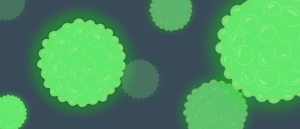 Novel tool for visualizing cancer cell dynamics
Novel tool for visualizing cancer cell dynamics
A fluorescent probe for visualizing the signaling dynamics in metastatic cancer cells has been developed.
Second, stressed cells mutated faster to evolve antibiotic resistance.
While persisters keep infections smoldering, genetic resistance can render a drug useless outright. The Rutgers group cycled E. coli through escalating ciprofloxacin doses and found that stressed cells reached the resistance threshold four rounds sooner than normal cells. DNA sequencing and classic mutation tests pointed to oxidative damage and error‑prone repair as the culprits.
“The changes in metabolism are making antibiotics work less well and helping bacteria evolve resistance,” said Yang, an assistant professor at the medical school and Chancellor Scholar of microbiology, biochemistry and molecular genetics.
Preliminary measurements show that gentamicin and ampicillin also drain ATP in addition to ciprofloxacin. The stress effect may span very different pathogens, including the pathogen Mycobacterium tuberculosis, which is highly sensitive to ATP shocks.
If so, the discovery casts new light on a global threat. Antibiotic resistance already contributes to 1.27 million deaths a year. Strategies that ignore the metabolic fallout of treatment may be missing a key lever.
The findings suggest several changes for antibiotic development and use.
First, candidate antibiotics should be screened for unintended energy‑drain side effects. Second, existing drugs should be paired with anti‑evolution boosters that block the stress pathways or mop up the extra oxygen radicals. Third, we should reconsider the instinct to blast infections with the highest possible dose. Earlier studies and the new data both hint that extreme concentrations can trigger the very stress that protects bacteria.
“Bacteria turn our attack into a training camp,” Yang said. “If we can cut the power to that camp, we can keep our antibiotics working longer.”
Li and Yang are planning on testing compounds that soothe bioenergetic stress in the hope of turning the microbial energy crisis back into an Achilles’ heel rather than a shield.
This article has been republished from the following materials. Material may have been edited for length and house style. For further information, please contact the cited source. Our press release publishing policy can be accessed here.

